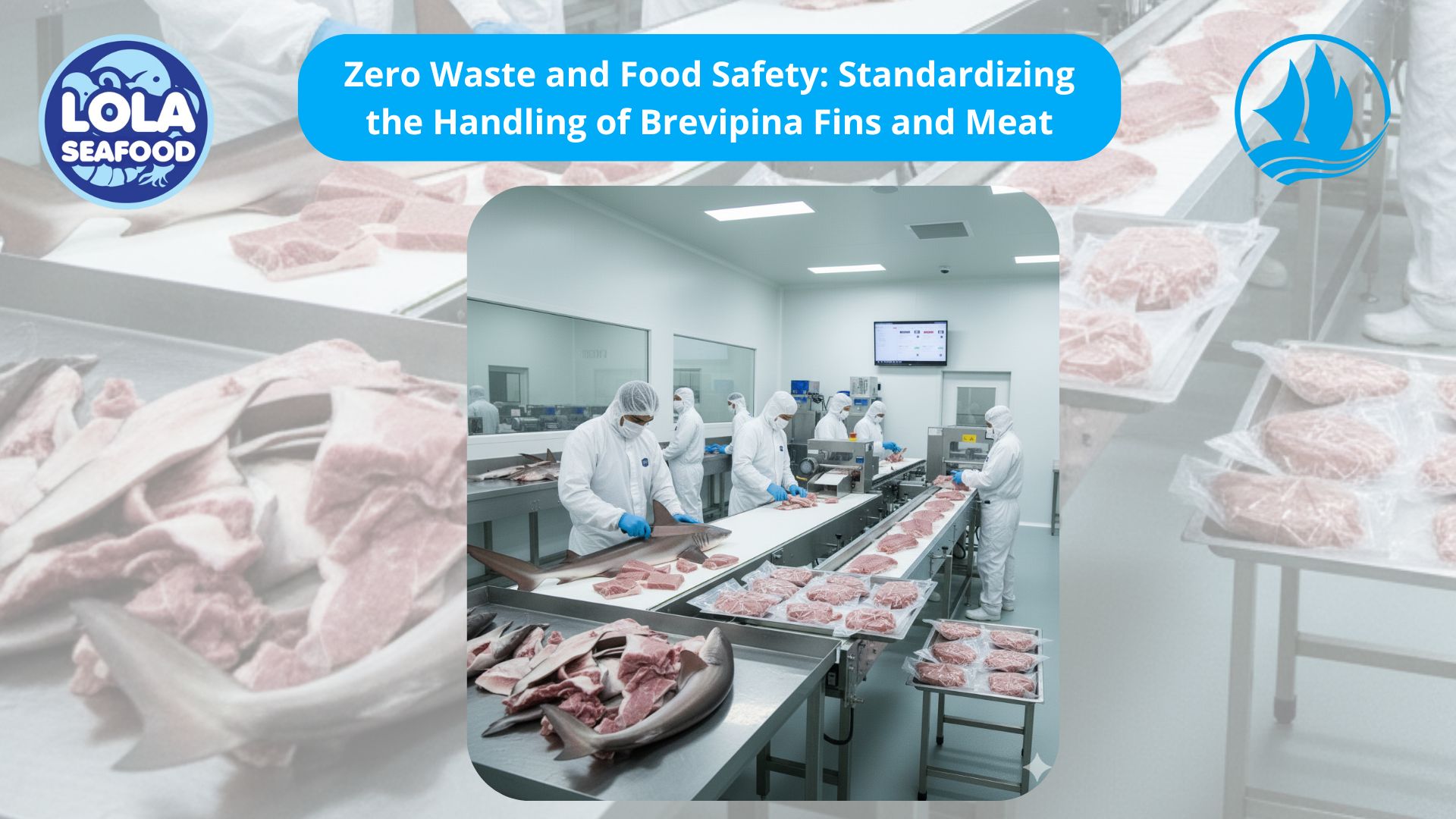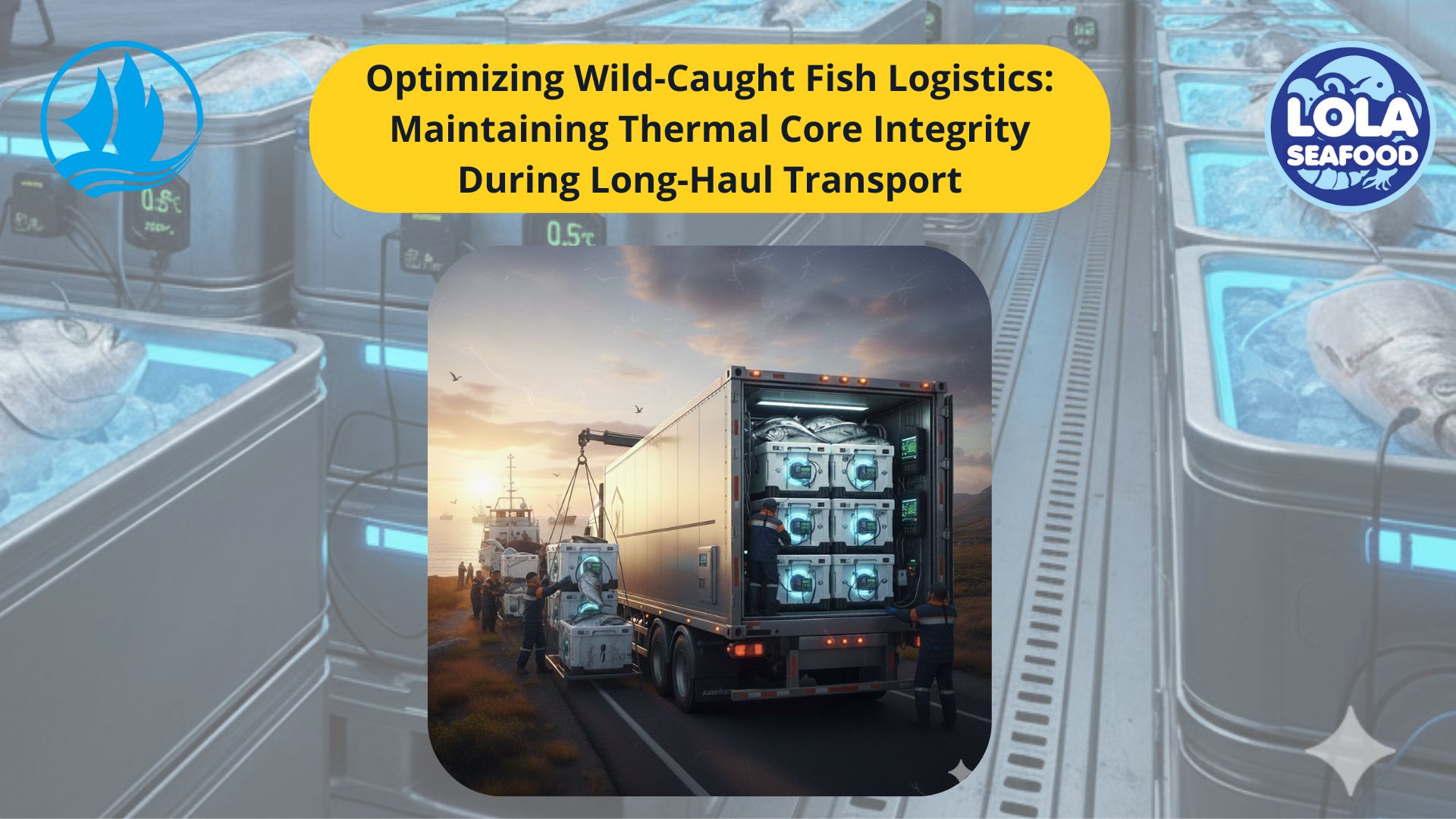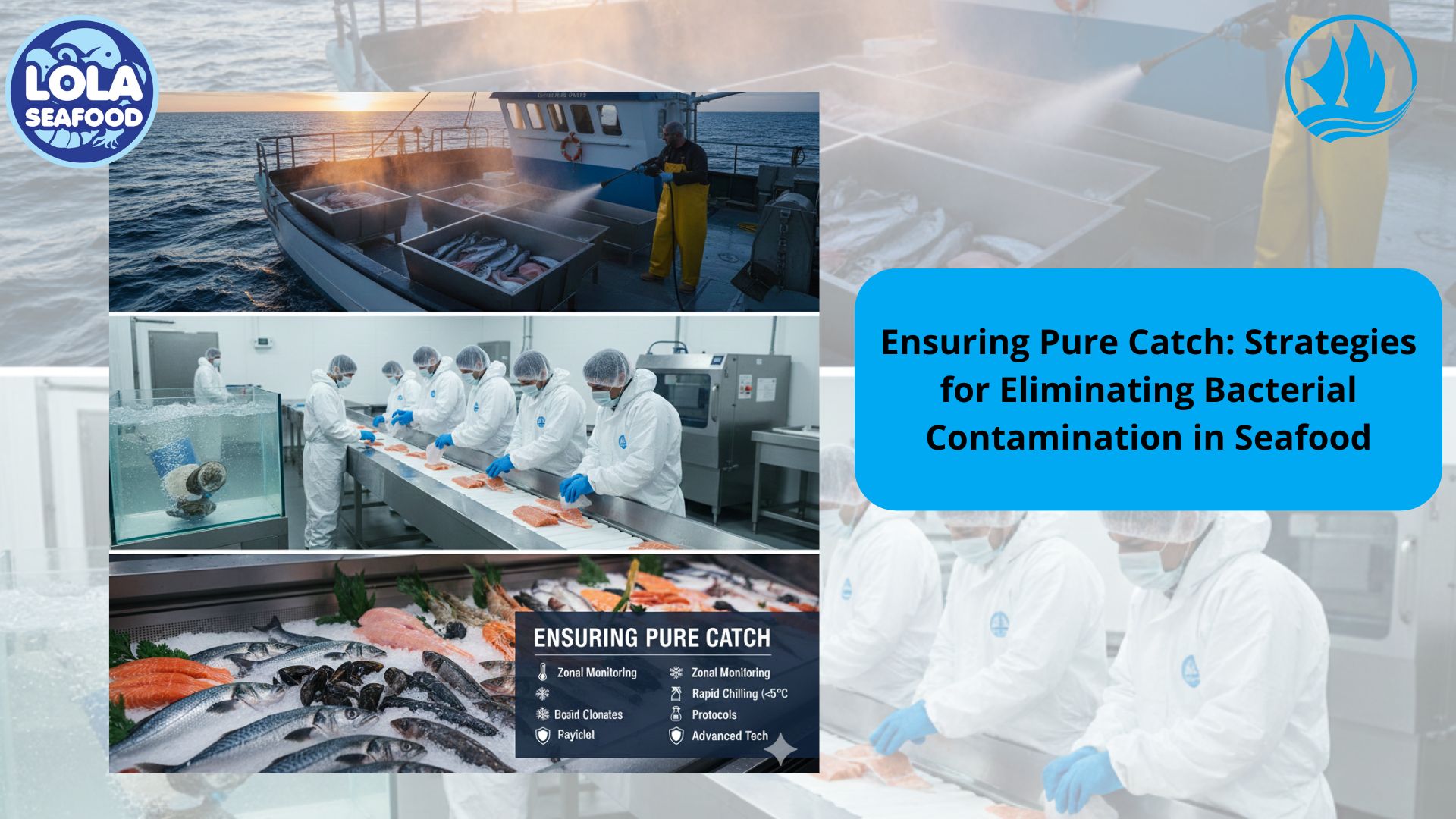Cold Storage Control: Safeguarding Fish Quality and Safety
By. Nugroho Luhur - 28 Aug 2025.jpg)
Kelolalaut.com In the global seafood industry, maintaining the freshness and safety of fish products is an absolute priority. From the moment fish are harvested until they reach consumers, they are exposed to various risks that can compromise both quality and safety. Among the critical control points identified within the Hazard Analysis and Critical Control Point (HACCP) system, cold storage plays one of the most essential roles. Without proper temperature management, even the highest-quality catch can quickly deteriorate, leading not only to financial losses but also to potential food safety hazards.
Why Cold Storage Matters in HACCP
Cold storage is more than just keeping fish chilled or frozen; it is a scientifically regulated process designed to inhibit microbial growth, slow down enzymatic activity, and preserve the nutritional and sensory qualities of fish. Within the HACCP framework, cold storage is recognized as a critical control point (CCP) because improper handling at this stage can directly result in contamination, spoilage, or foodborne illness.
For fish processors, this means implementing strict temperature control policies. Fresh fish should generally be stored at or just above 0°C, while frozen fish products must be maintained at -18°C or lower. Any deviation from these limits can quickly compromise product integrity.
Ensuring Temperature Integrity
Temperature monitoring and recording are the backbone of effective cold storage control. HACCP requires not only that storage facilities are kept at the correct temperature, but also that continuous monitoring systems are in place. Digital thermometers, automated alarms, and real-time data logging have become industry standards, ensuring that any fluctuation outside the safe range is immediately detected and corrected.
In addition, calibration of monitoring equipment must be performed regularly. Inaccurate thermometers or poorly maintained refrigeration units can create false confidence, potentially leading to unnoticed quality issues.
Preventing Cross-Contamination in Storage
Another important aspect of cold storage under HACCP is the prevention of cross-contamination. Fish products may be stored alongside other seafood or even non-seafood items. To avoid risks, processors must follow strict segregation guidelines. Proper packaging, labeling, and storage layout reduce the possibility of raw fish contaminating ready-to-eat products or allergenic cross-contact occurring.
Sanitation practices also play a major role. Regular cleaning schedules for cold rooms, shelves, and handling equipment must be documented as part of the HACCP plan. Even at low temperatures, some bacteria can survive and spread if hygiene standards are neglected.
Extending Shelf Life While Maintaining Quality
One of the greatest benefits of well-managed cold storage is the ability to extend shelf life without sacrificing quality. Proper freezing techniques, such as blast freezing, ensure that ice crystals remain small, protecting the texture and flavor of fish. Equally important is maintaining a consistent temperature throughout the supply chain, also known as the cold chain.
Breaks in the cold chain — such as during transport, unloading, or temporary storage — can cause partial thawing and refreezing, which not only damages product quality but can also increase the risk of bacterial growth. HACCP requires that all links in the chain are controlled, from fishing vessels and processing plants to distribution centers and retail outlets.
Training and Compliance
Technology and infrastructure are only as effective as the people who manage them. That is why HACCP places strong emphasis on employee training. Workers must understand the importance of correct temperature handling, be able to recognize warning signs of malfunction, and know the proper corrective actions to take when cold storage parameters are not met.
Documentation is equally critical. Temperature logs, maintenance records, and corrective action reports serve not only as internal controls but also as proof of compliance during audits and inspections.
In fish processing, cold storage is not simply a logistical step — it is a cornerstone of food safety and quality assurance. By adhering to HACCP guidelines for temperature control, contamination prevention, and employee training, processors can safeguard their products against spoilage and protect consumers from potential health risks.
Ultimately, cold storage control ensures that the promise of freshness and safety is upheld from ocean to plate, reinforcing consumer trust in the seafood industry while helping businesses maintain profitability and compliance.
If youre interested in our Parrotfish Fillet Skin On and Parrotfish Fillet Skinless please do not hesitate to contact us through email and/or Whatsapp
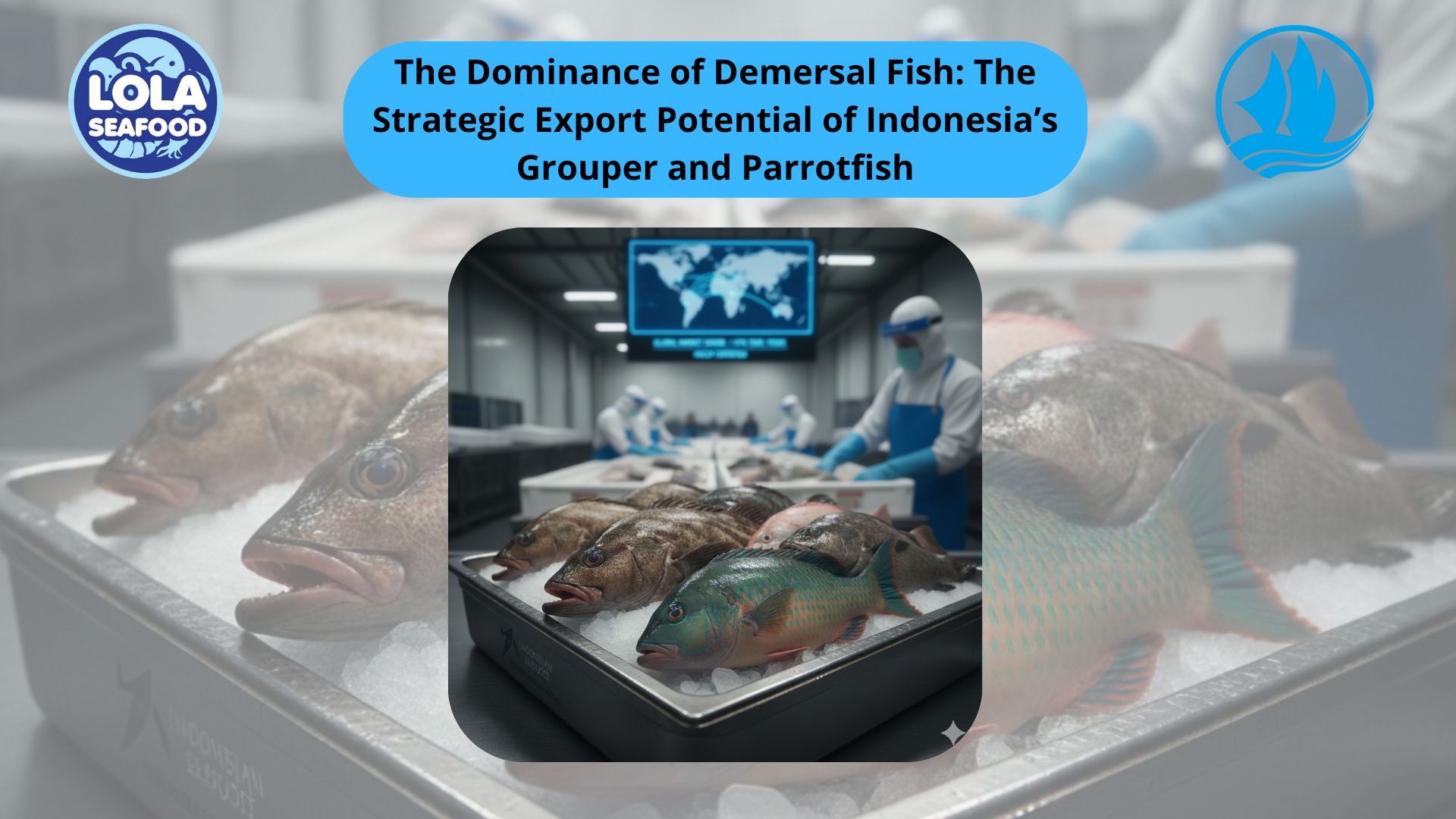
The Dominance of Demersal Fish: The Strategic Export Potential of Indonesia’s Grouper and Parrotfish
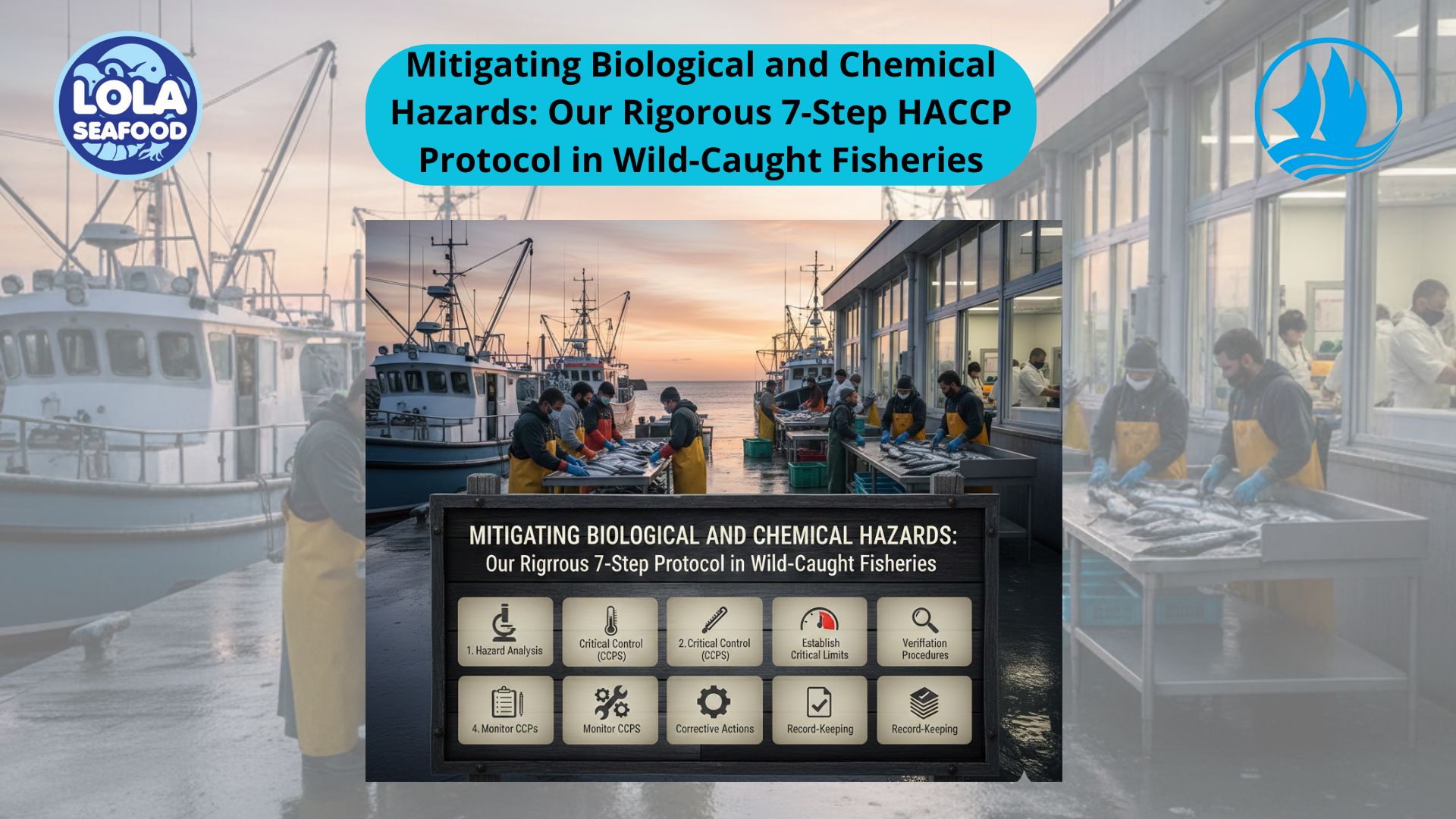
Mitigating Biological and Chemical Hazards: Our Rigorous 7-Step HACCP Protocol in Wild-Caught Fisheries
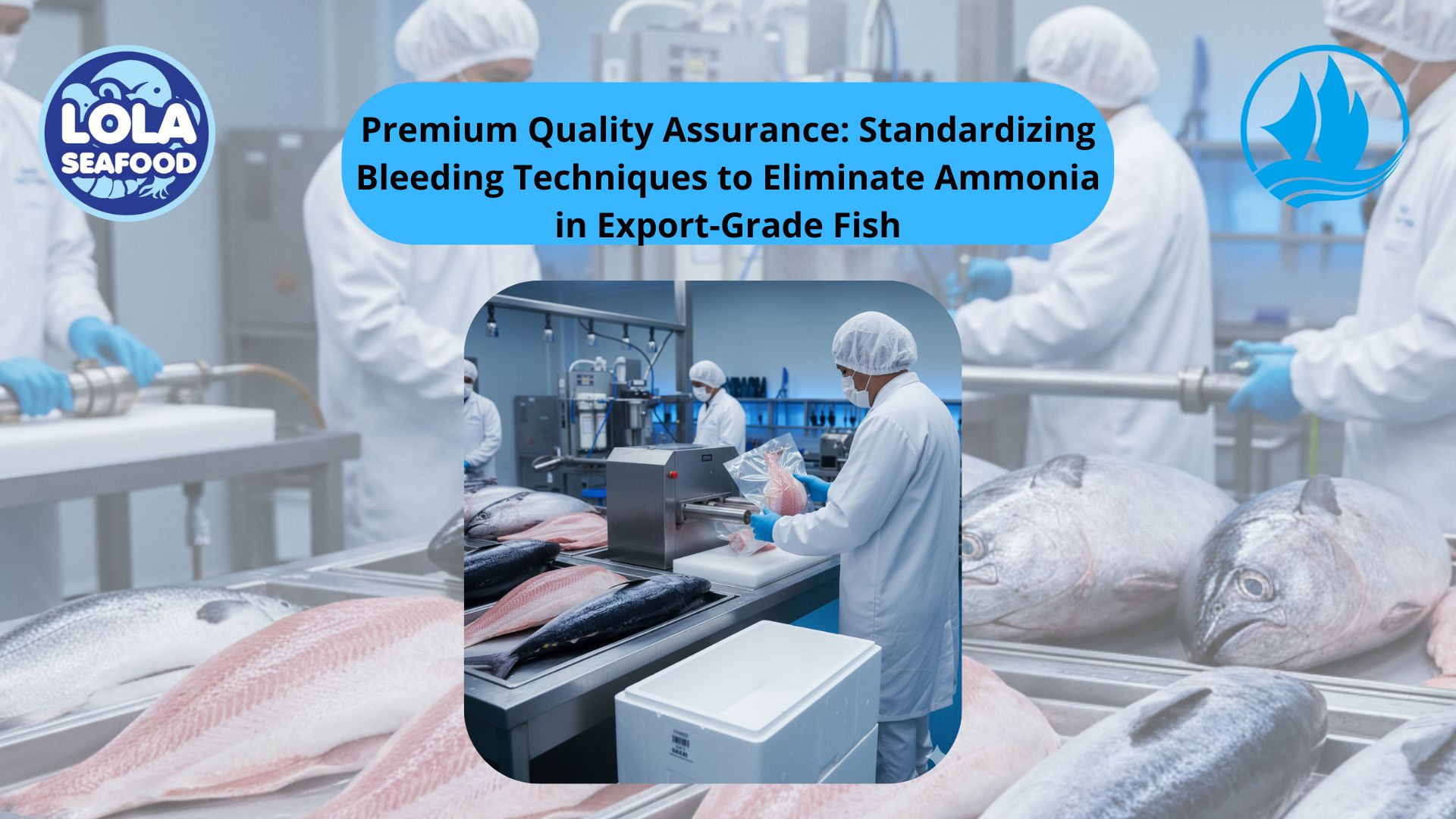

.jpg)
